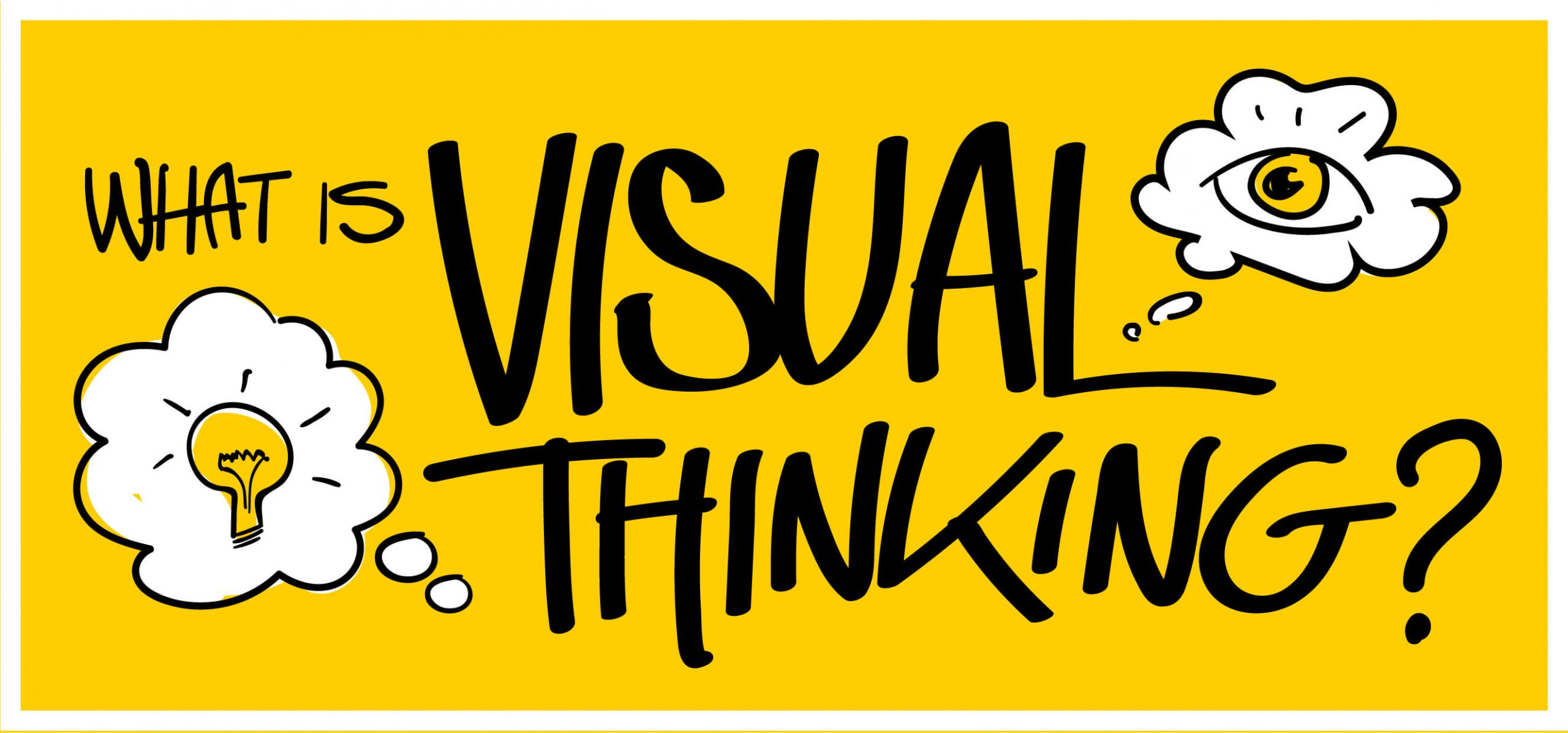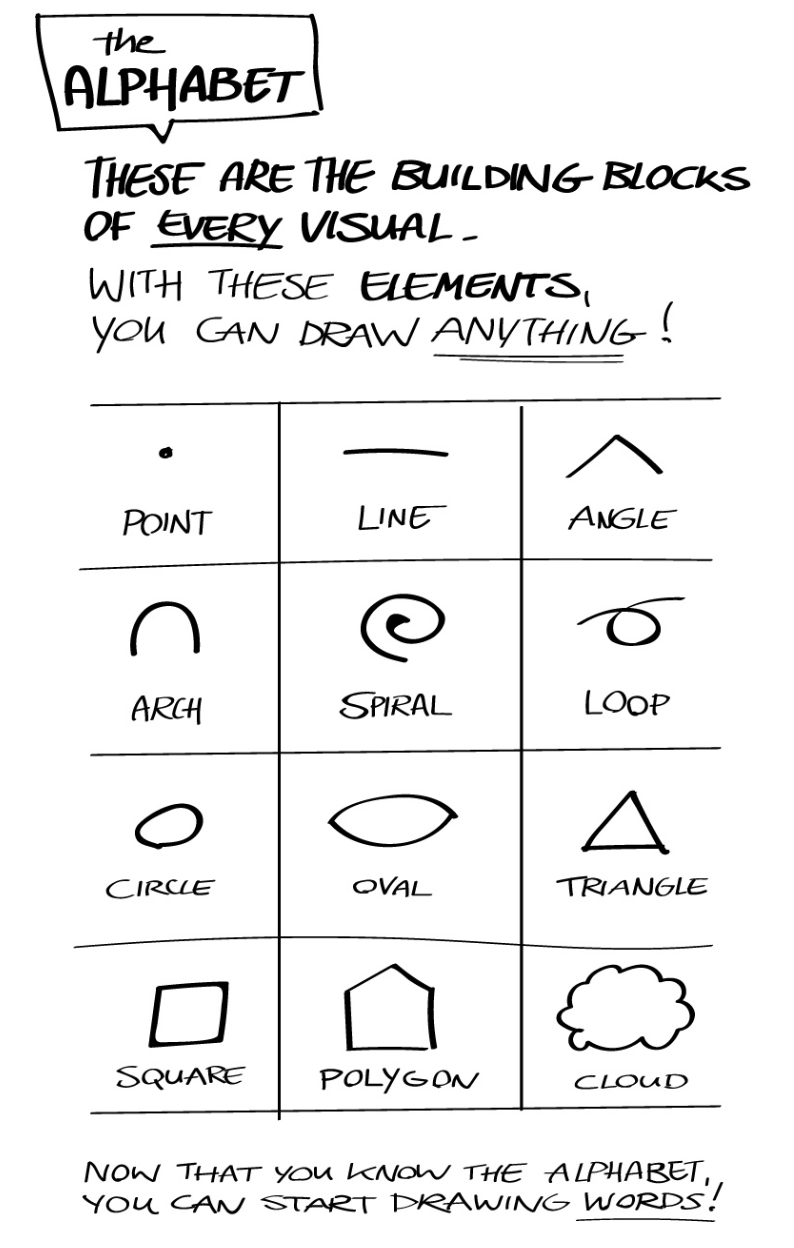Visual Thinking is a methodology that uses tools to externalize internal thinking processes, making them more clear, explicit, and actionable.
Visual thinking is a powerful skill that taps into our deepest biological capability for understanding. It enhances our ability to develop new ideas and designs, communicate those ideas effectively, and collaborate with others to make them real.
Whether you want to better drive conversations with employees or scale understanding across your organization, visual thinking is a superpower to have in your professional arsenal.
Every year (when we’re not in a pandemic), XPLANE offers Visual Thinking Bootcamps across the West Coast—immersive one and two-day learning experiences with expert visual facilitators, peppered with real-life advice, examples, and demos.
In 2020, we started offering our Bootcamps virtually to better accommodate learners across the globe (and, also, due to a little virus…). Learn about our online Visual Thinking Bootcamp courses, and if you’re curious about material requirements, those can be found here.
Below, you’ll learn how visual thinking can transform your organization.
____
If you’re like me, there’s probably a hole in your education.
In school, I learned the usual things—reading, writing, and arithmetic. I thought I was reasonably well-prepared for life.
Years later, though, I discovered a gap in my education. Something that weaves language and math together. Something you learn only if you go to art or design school.
Visual thinking.
Visual thinking helps you organize your thoughts and improve your ability to think and communicate. It’s also a great way to convey complex or potentially confusing information.
Visual thinking uses tools—pen and paper, index cards, software—to externalize internal thinking processes, making them more clear, explicit, and actionable.
The Picture Superiority Effect
What makes visual thinking so powerful? Biology.

According to the dual coding theory by Allan Paivio, when we read text alone, we remember about 10% of the information three days later.
Add relevant images to the text, and we’re likely to remember 65% of the information three days later.
See for yourself in our 40-second video, “Why Visual Thinking Works.”
Why Learn Our ABCs?
Perceptual psychologist Rudolf Arnheim coined the phrase “visual thinking” in 1969, asserting that art is our most natural way of understanding the world.
This is not to say that visual thinking is simply illustration. It’s more.
Visual thinking is a language.
Like other languages, you have to learn the elements (the visual alphabet), the nodes (words), the links and frameworks (grammar), and the approaches (style) to become literate.
Mastering visual thinking should come naturally, but it takes practice, just as children must learn and practice the alphabet even though they already know how to talk.
Why? Practice builds muscle memory and wires brain cells to connect what we’re doing with our hands to what we’re thinking.
Visual Thinking Basics
Visual thinking starts with the visual alphabet, a set of 12 symbols used for centuries starting with cave drawings of the Neolithic period.
The visual alphabet allows you to construct every letter in the English alphabet, any number, or any mathematical symbol, making it a toolkit of “Lego blocks” for creating anything with pen and paper.
From the alphabet, you then learn words, grammar, and style.
A Powerful Skill
With so much to learn about visual thinking, taking on this “new” language can seem overwhelming. Yet visual thinking is the antithesis to “too much.”
When used effectively, visual language neatly presents a gestalt snapshot of complex information.
Once you delve into visual thinking, you’ll be surprised at how it opens exciting new ways to create and communicate with the world.
To Learn More
Want to learn more about visual thinking? XPLANE has a number of resources available for a deeper dive into the topic.
For additional reading on visual learning, peruse our visual thinking blog posts.
If you’d like to see examples of visual thinking, visit our popular visual thinking sketch notes eBook.
Excited to flex your visual thinking muscles? Arrange a Visual Thinking workshop where you and your team can develop important visual thinking skills.
Finally, if you have thoughts to share or questions about visual thinking, we would love to hear from you.

